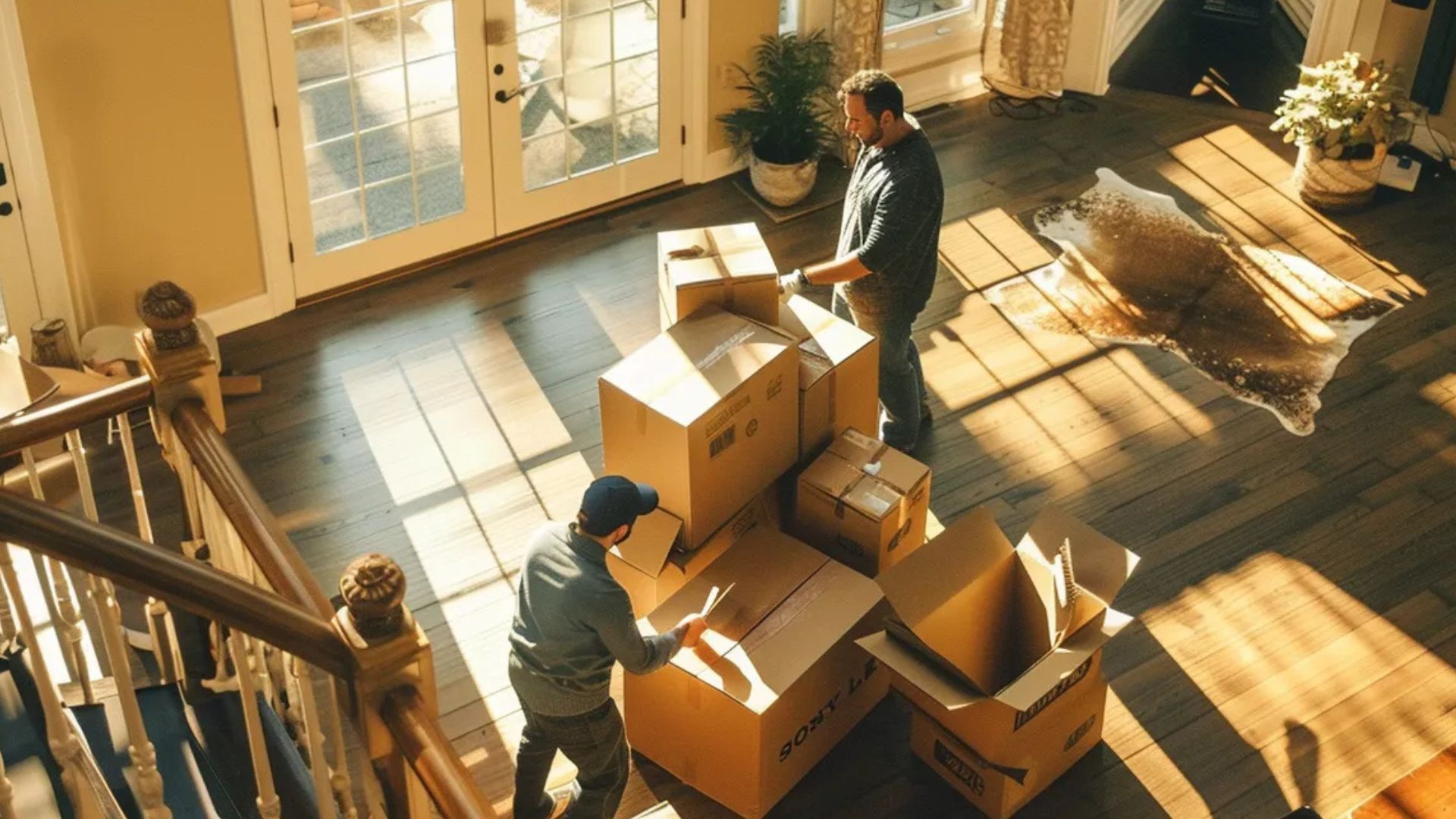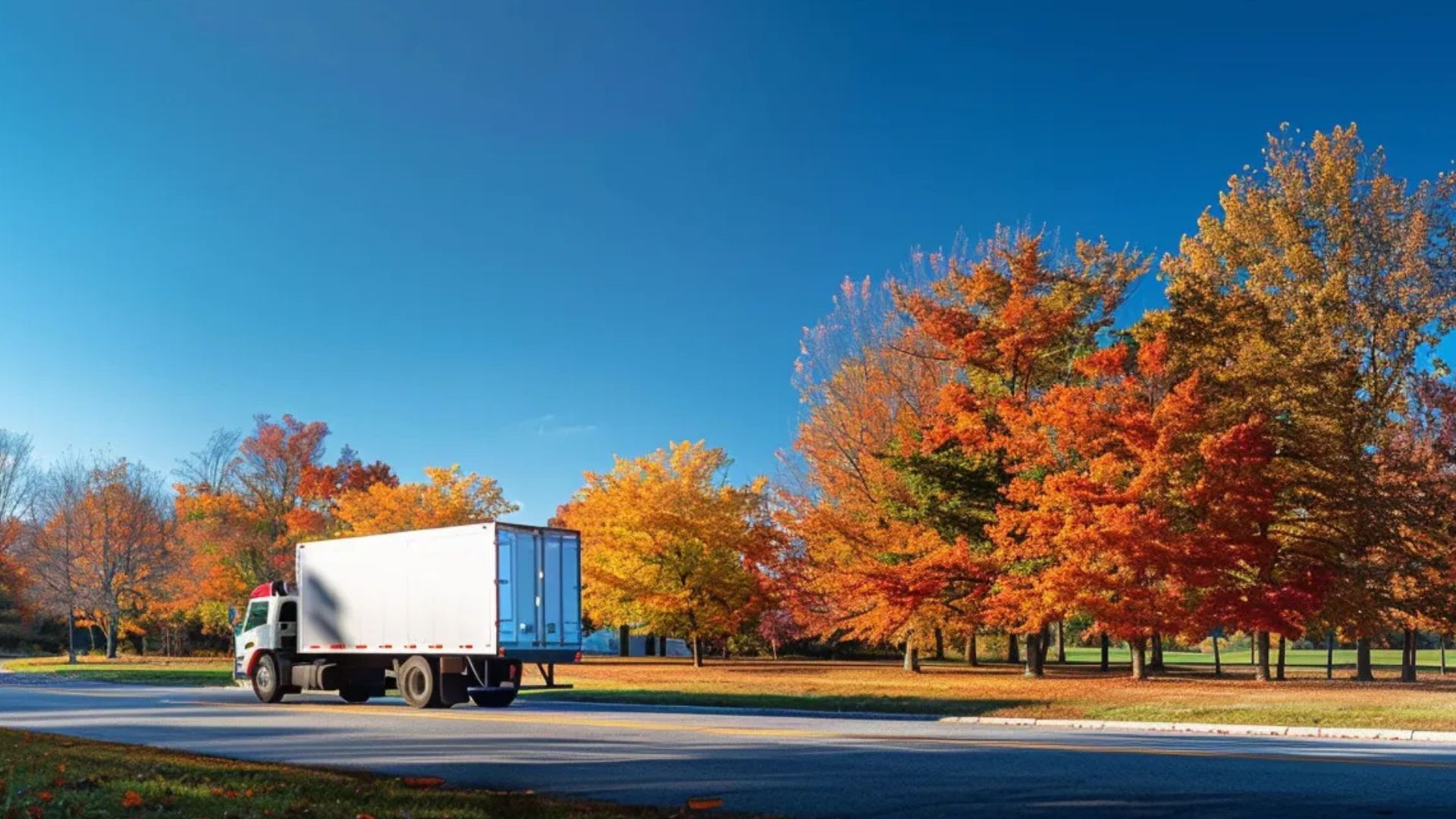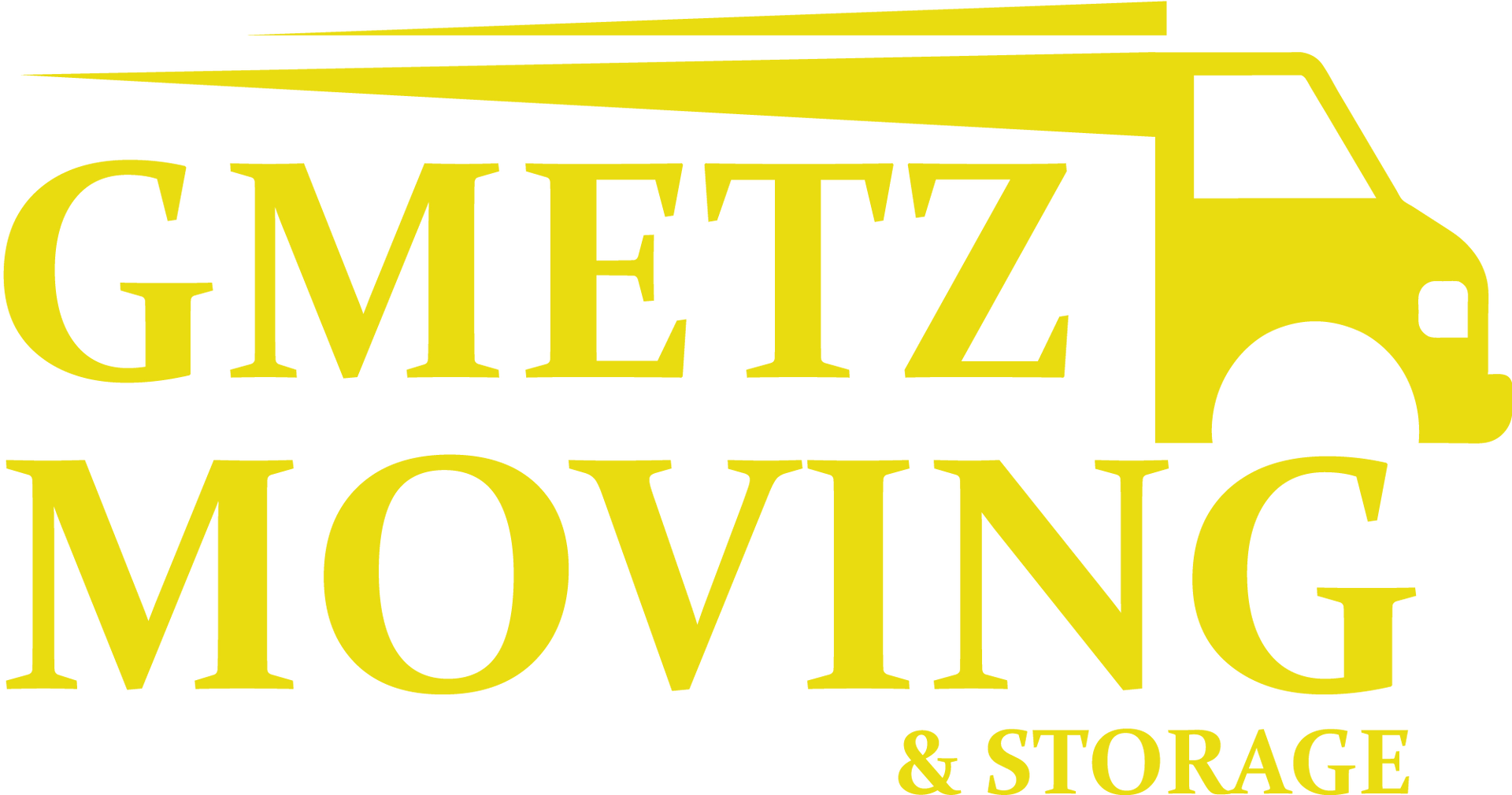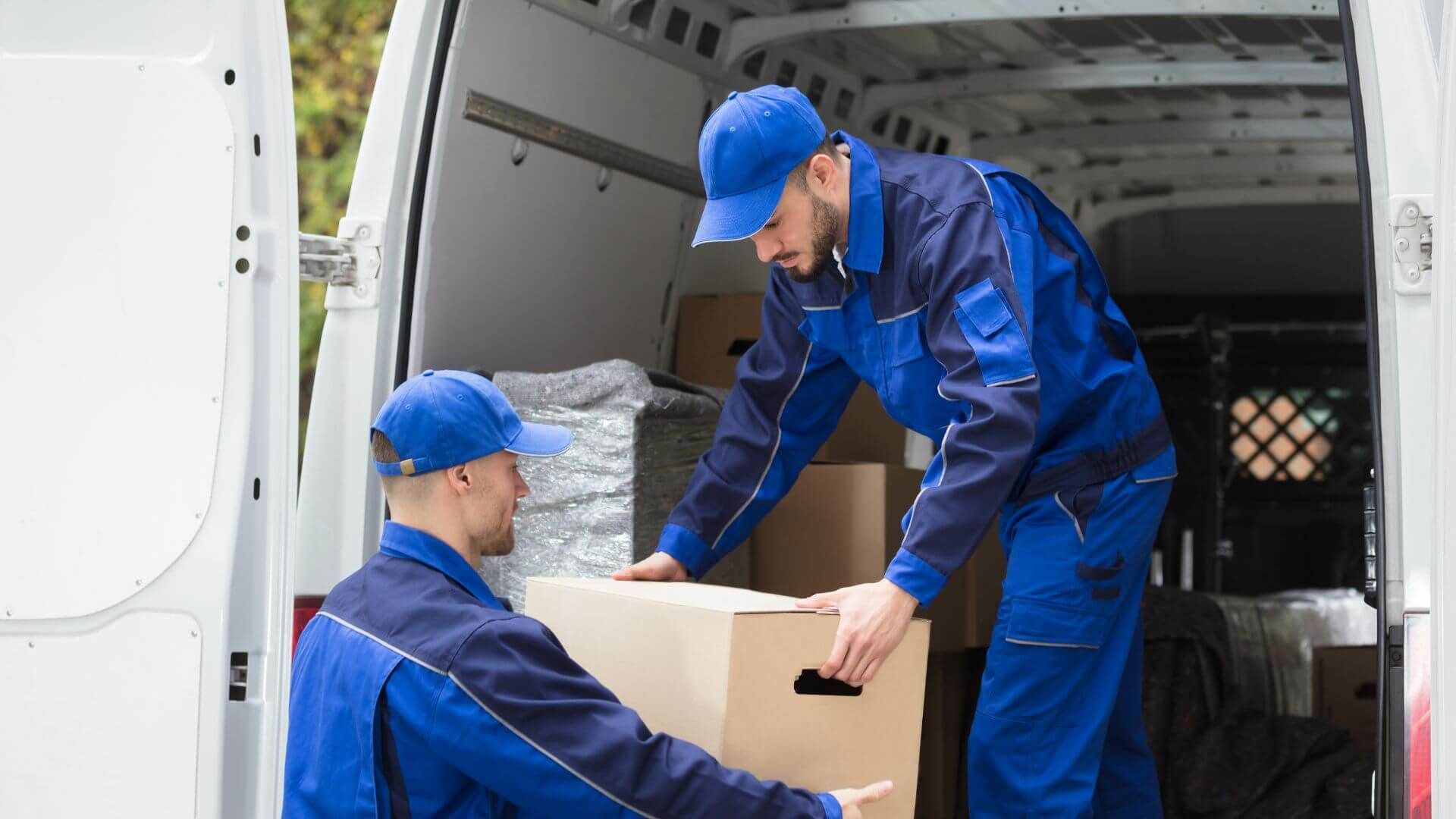Ensuring the Safety of Your Belongings During a Long Distance Move
Moving can be a daunting experience, especially when it involves transporting your possessions over long distances. In this blog, we will discuss essential strategies and tips to ensure the safety of your belongings during a long-distance move. We’ll explore the importance of proper packing techniques, the right materials to use, and how to organize your items to prevent damage.
Additionally, we’ll offer advice on selecting reliable moving companies and provide insights into best practices for inventory management. By following these guidelines, you can achieve a smoother moving process and have peace of mind knowing your cherished belongings are secure throughout the journey.
Understanding the Importance of Protecting Your Belongings

When embarking on a
long-distance move, safeguarding your belongings should be a top priority. The journey your items face can be unpredictable, and any oversight may lead to potential damage or loss. Understanding the importance of protection not only minimizes the risk of serious loss but also provides peace of mind during the transition.
The Emotional Value of Your Belongings
Beyond their monetary worth, many possessions carry significant emotional value. Family heirlooms, cherished gifts, and personal keepsakes hold memories that can be irreplaceable. Protecting these items ensures that sentimental attachments remain intact, even amid the chaos of moving.
Financial Implications of Damage
Consider the financial implications of damaged goods. Not only do you risk losing the initial investment made in these items, but replacement costs can quickly add up. Investing time in protecting your belongings can ultimately save you money and reduce stress in the long run.
Preparing for the Unexpected
In any move, surprises can arise. Weather conditions, poor road conditions, or mishandling by moving personnel are just a few factors that can lead to damage. By prioritizing the protection of your possessions, you can better prepare for these unexpected challenges, allowing for a more seamless transition to your new home.
Proper Packing Techniques
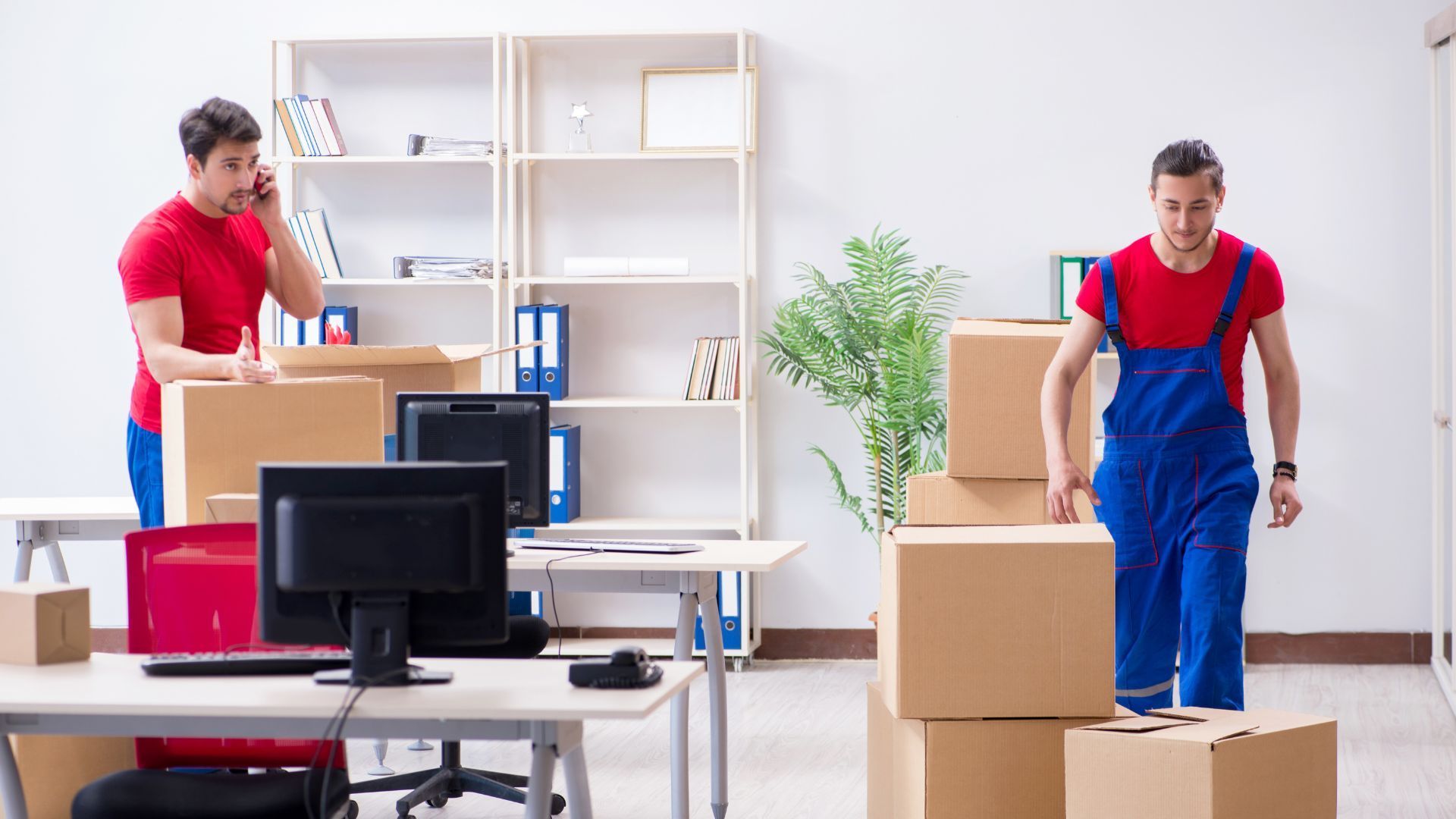
Mastering the art of packing for long-distance moves can significantly impact the safety of your belongings. Following the right techniques ensures that your items are well-protected throughout the journey.
Choosing the Right Packing Materials
The choice of packing materials is crucial when it comes to safeguarding your possessions. Opt for high-quality packing boxes that are sturdy and resistant to damage. Consider using bubble wrap, packing paper, and foam peanuts to cushion fragile items. Don't forget to have packing tape and markers on hand to secure your boxes and label them clearly.
Organizing Your Packing Process
A systematic approach to packing can simplify the process and enhance efficiency. Start by decluttering and sorting your belongings, deciding what to keep, donate, or discard. Pack one room at a time, ensuring that all items from a single space are placed together. This method not only keeps you organized but also makes unpacking at your new home much easier.
Efficient Packing Techniques
When packing your items, use a variety of techniques to maximize space and protect delicate belongings. For clothing and linens, consider using vacuum-sealed bags to save space and keep them protected from moisture. For fragile items, wrap them individually with bubble wrap and place them in boxes upright, if possible. Use towels and linens to fill gaps in boxes, preventing items from shifting during transit.
Labeling and Inventory Management
As you pack, clear labeling becomes your best ally in ensuring everything arrives safely at your new home. Clearly label each box with its contents and the room it belongs to, which will save you valuable time when unpacking. Maintain an inventory list of all packed items. This not only helps in tracking your belongings but also serves as a useful reference in case of loss or damage during the move.
By adhering to these packing techniques, you can enhance the safety of your possessions and ensure a smoother moving experience.
Choosing the Right Packing Materials
Selecting appropriate packing materials is essential for safeguarding your belongings during a long-distance move. The right supplies not only protect your items from potential damage but also facilitate an organized relocation process. Here are some key materials to consider:
Sturdy Boxes
Investing in high-quality packing boxes is the foundation of a successful move. Look for boxes made from double-walled corrugated cardboard, which provide extra strength and durability. Sizes should vary to accommodate different items, with specific boxes for heavy books, delicate items, and larger appliances.
Protective Wrapping Materials
Using protective wrapping materials is crucial for fragile items. Options such as bubble wrap, packing paper, and foam sheets offer cushioning that absorbs shocks during transport. Wrap each fragile item individually, ensuring they are well-padded to mitigate any movement within the box.
Packing Tape
A reliable packing tape is a must-have for securing your boxes. Choose a tape that’s specifically designed for moving and will not easily peel off during transit. Reinforce the bottom of your boxes with enough tape to prevent any unintended openings.
Labels and Markers
Clear labeling is vital for keeping your items organized and easily accessible during the unpacking process. Use a variety of labels to indicate contents and designated rooms. Permanent markers are ideal for writing directly on boxes for legibility and visibility.
Cushioning Materials
To fill empty spaces within boxes, consider using cushioning materials like packing peanuts, crumpled paper, or even linens and towels. These materials help prevent shifting and reduce the risk of your items colliding with each other during transit.
Specialty Boxes
For delicate or unconventional items, consider specialty boxes designed for specific uses. Examples include dish packs for fragile dishes, wardrobe boxes for clothing, and electronics boxes for your devices. These tailored solutions ensure optimal protection and care.
By carefully selecting the right packing materials, you elevate the protection of your belongings, making your long-distance move a safer and more efficient experience.
Organizing Your Belongings
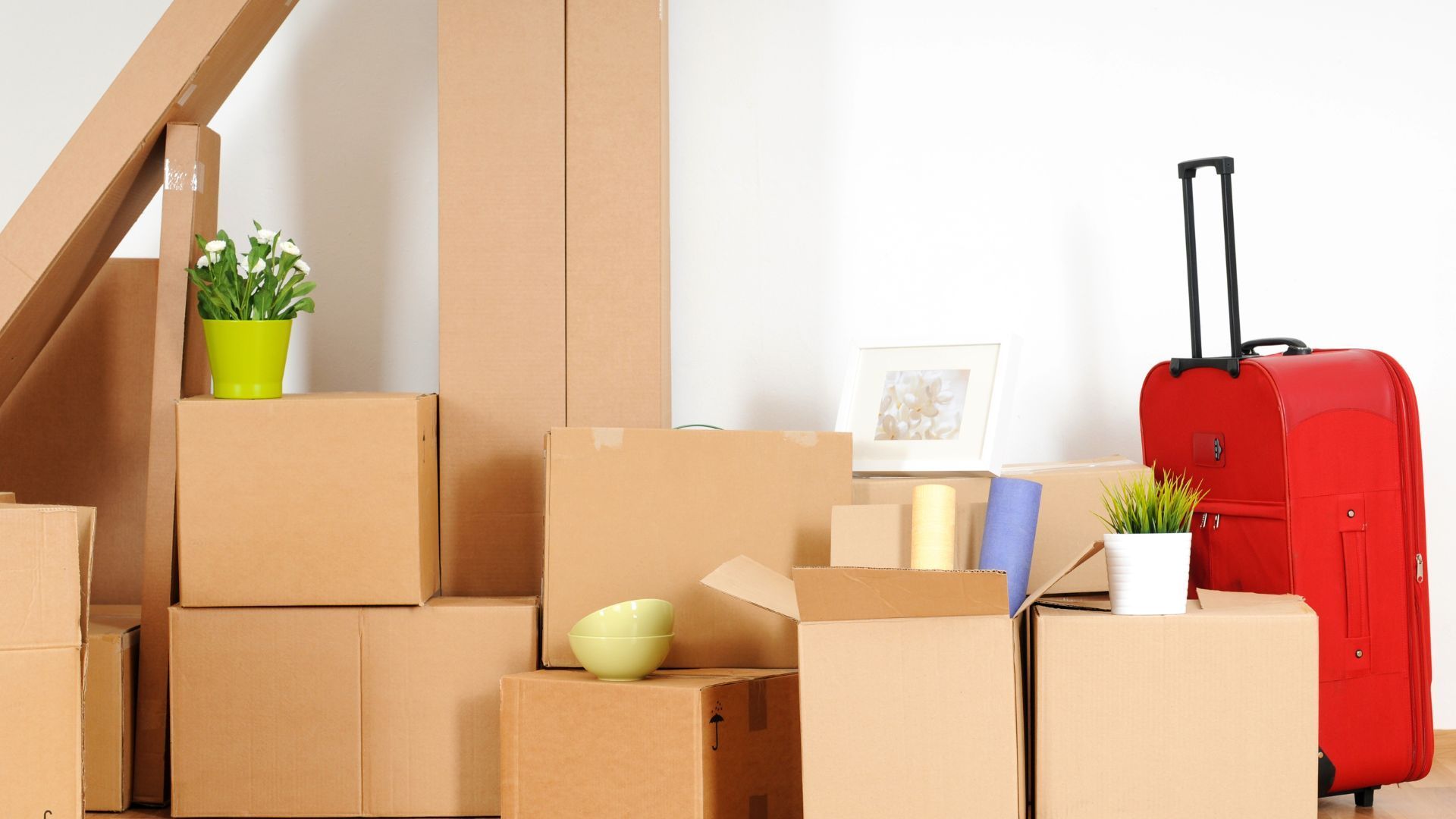
A well-organized move not only streamlines the packing process but also significantly reduces the risk of damage during transit. Effective organization strategies can help ensure that all items are accounted for and properly protected. Here are some effective approaches to consider.
Create a Detailed Inventory
Start by developing a comprehensive inventory list of all the items you plan to move. This list should categorize your belongings by room and include the condition of each item. Having a clear inventory not only assists in keeping track of everything but also helps you identify which items require extra protection and specialized packing methods.
Sort and Prioritize Your Items
Before starting the packing process, sort your belongings into categories: keep, donate, sell, or discard. This not only lightens your load but also helps you focus on the items that matter most. Prioritize protected packaging for high-value and fragile items to prevent damage, ensuring they are packed thoughtfully and securely.
Use Strategic Packing Techniques
When organizing your belongings for packing, apply strategic techniques that enhance protection. Place heavier items at the bottom of boxes and lighter items on top to prevent crushing. Consider using drawer space within furniture for smaller items to maximize space and reduce the need for additional packing materials.
Group Similar Items Together
Packing similar items together can reduce confusion and enhance protection. For example, keep all kitchen items in one box and all electronics in another. This method allows you to pack boxes more efficiently and ensures that like items share protective materials, reducing the potential for damage.
Secure Your Boxes
Once your items are packed, ensure that each box is securely sealed with quality tape. Reinforce the tops and bottoms of boxes, especially those containing fragile items, to withstand the rigors of transportation. Avoid overloading boxes, as this increases the risk of damage and makes them harder to carry.
By implementing these strategies, you can effectively organize your belongings for a smoother relocation process, minimizing the risk of damage during transit.
Labeling and Inventory Management
Effective labeling and inventory management are essential components of a successful moving process. By keeping track of your possessions, you can facilitate a smoother transition into your new home while ensuring that nothing gets lost along the way.
Importance of Clear Labels
Clear and accurate labels act as your first line of defense against misplacement during the moving process. Use large, legible fonts to detail the contents of each box and the room it is intended for. This simple step will save you precious time when unpacking and help movers know where to place items upon arrival.
Developing an Inventory System
Creating a detailed inventory system allows you to track your belongings throughout the moving process. Consider using spreadsheets or moving apps to document your possessions systematically. Track items by category, location, and condition, noting any fragile or high-value items that require special care. This thorough approach ensures nothing is overlooked and provides peace of mind during the relocation.
Color-Coding for Additional Clarity
Incorporating a color-coding system can further enhance your labeling strategy. Assign different colors to each room in your new home and use corresponding colored labels for each box. This visual aid makes it quick and easy to identify where items belong, streamlining both the unloading and unpacking efforts.
Conducting Final Checks
Before moving day, perform a final check against your inventory list to ensure all items have been packed and labeled correctly. This last-minute review helps catch any overlooked items and reassures you that everything is accounted for, making your move less stressful and more organized.
By prioritizing effective labeling and inventory management, you can keep track of your possessions, making the transition to your new home smoother and more efficient.
Protecting Fragile Items
Safeguarding fragile items during a move requires special attention and care to minimize the risk of damage. Here are some effective tips for protecting glassware, electronics, and antiques:
Special Care Tips for Glassware
- Use Bubble Wrap: Wrap each piece of glassware individually in bubble wrap or padded paper. Secure with packing tape to prevent unwrapping during transit.
- Boxing Techniques: Pack glassware upright in boxes rather than flat, as this reduces the chance of breakage. Use dividers if necessary to keep items separated.
- Padding: Line the bottoms of boxes with cushioning materials and fill any empty spaces with packing peanuts or crumpled paper to prevent shifting.
Safeguarding Electronics
- Original Packaging: If available, use the original packaging for electronics, as these are designed for optimal protection. If not, ensure they are packed securely in sturdy boxes.
- Wrap Cords and Accessories: Gather cables and accessories, and wrap them separately to avoid tangling. Consider using zip ties or twist ties for organization.
- Label Fragile Items: Clearly mark boxes containing electronics as "Fragile" to alert movers to handle them with care.
Caring for Antiques
- Professional Packing: For valuable antiques, consider hiring professional movers who specialize in handling delicate items. Their expertise can greatly reduce the risk of damage.
- Custom Crates: Use customized crates for larger antique items. These can provide additional support and cushioning during transport.
- Climate Considerations: Keep in mind the climate conditions during your move, as temperature and humidity fluctuations can affect certain materials. If possible, transport antiques in climate-controlled vehicles.
By adopting these protective measures, you can ensure that your fragile items arrive at your new home safely and in excellent condition.
Securing Furniture and Large Items
Moving bulky and heavy belongings requires strategic planning to ensure their safety and the safety of your home throughout the relocation process. Here are some effective techniques for securing your furniture and large items during a move.
Disassembling Large Furniture
- Remove Legs and Other Components: Whenever possible, disassemble larger pieces of furniture like tables, bed frames, and bookshelves. This not only makes them easier to handle but also reduces the risk of damage during transport.
- Keep Hardware Organized: Place screws, bolts, and other small hardware in a labeled bag and tape it to the furniture piece to prevent loss and ensure easy reassembly.
Using Proper Lifting Techniques
- Bend Your Knees: When lifting heavy items, always bend your knees and keep your back straight to avoid injury. This technique distributes the weight evenly, reducing strain on your back.
- Get Help: Don’t attempt to lift extremely heavy or bulky items alone. enlisting the help of friends or professional movers can prevent accidents and ensure proper handling.
Protecting Surfaces
- Use Moving Blankets: Wrap furniture in moving blankets to protect surfaces from scratches and dents. Secure the blankets in place with stretch wrap or packing tape.
- Cardboard Corners: For delicate or ornate pieces, apply cardboard corner protectors to safeguard edges during transit.
Securing Items in the Moving Vehicle
- Distribute Weight Evenly: When loading your moving truck, place heavy furniture items on the bottom and lighter items on top, ensuring that weight is evenly distributed to prevent tipping.
- Use Tie-Down Straps: Secure large items with tie-down straps or ropes to keep them in place during transport. Attach them to the truck’s anchor points to prevent shifting.
By implementing these techniques for securing your furniture and large items, you can safeguard your belongings as well as your home, leading to a more efficient and stress-free moving experience.
Using Professional Packing Services
Advantages of Hiring Experts to Pack Your Items
Utilizing professional packing services can significantly streamline the moving process. Here are some key advantages:
- Expertise and Experience: Professional packers are trained to handle various types of items, from fragile glassware to bulky furniture. Their expertise helps ensure that your belongings are packed securely and efficiently, minimizing the risk of damage.
- Time-Saving: Packing can be time-consuming, often taking days or weeks to complete. Hiring professionals allows you to focus on other aspects of your move, such as settling into your new home or managing logistics, while they handle the packing.
- High-Quality Packing Materials: Professional movers have access to high-quality packing materials not typically available to the average consumer. This includes sturdy boxes, bubble wrap, and packing paper that can better protect your possessions during transit.
- Stress Reduction: The moving process can be overwhelming, but enlisting the help of professional packers can alleviate much of that stress. Knowing that experts are handling your items provides peace of mind and allows you to enjoy a smoother transition.
Ready to Make Your Move Easier?
If you're considering a move and want to ensure your belongings are packed securely and efficiently, contact
G Metz Moving today. Our team of experienced professionals is ready to assist with all your packing and moving needs, providing you with a hassle-free moving experience!




